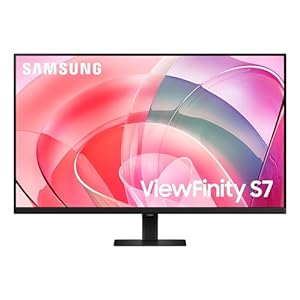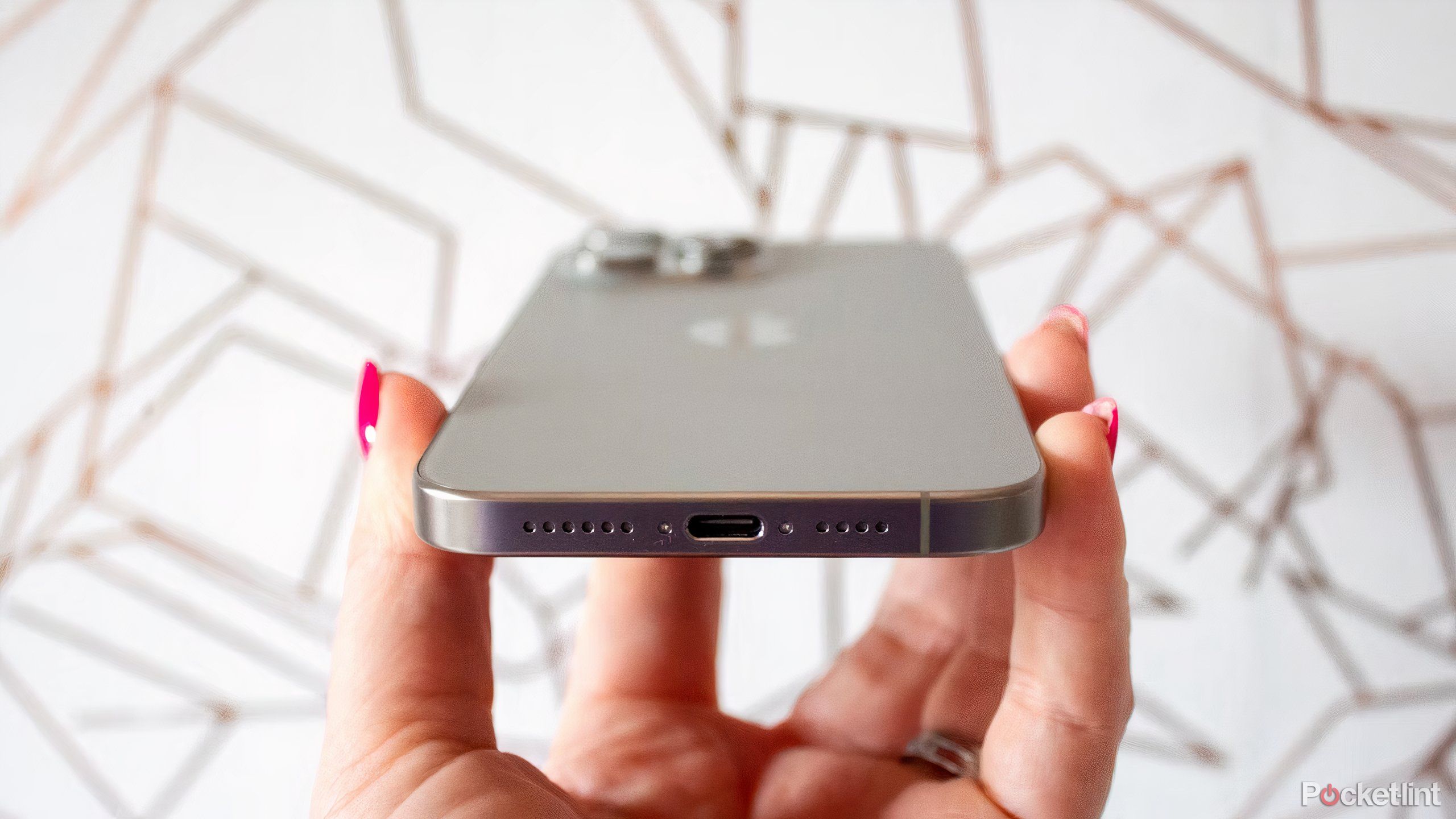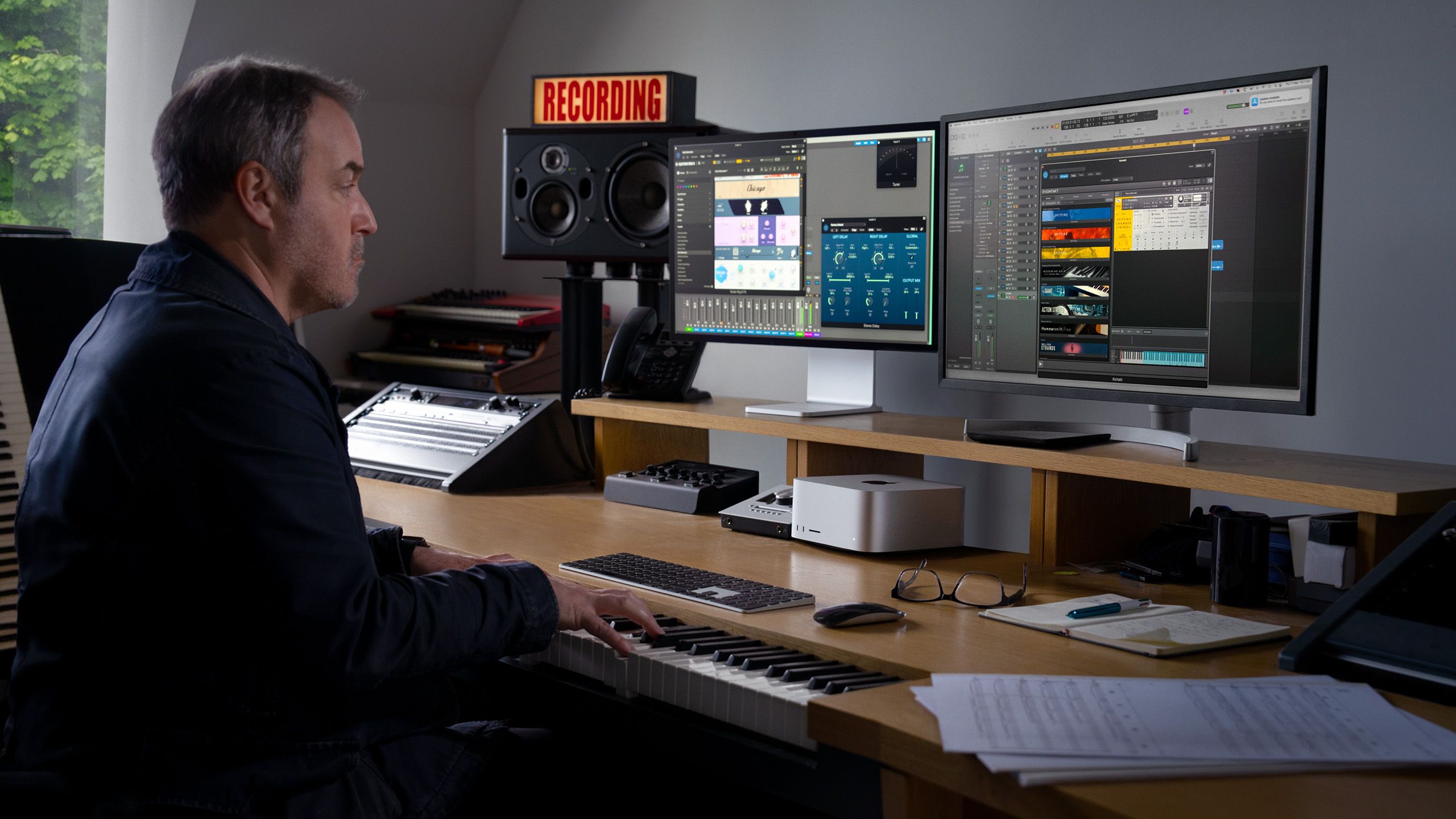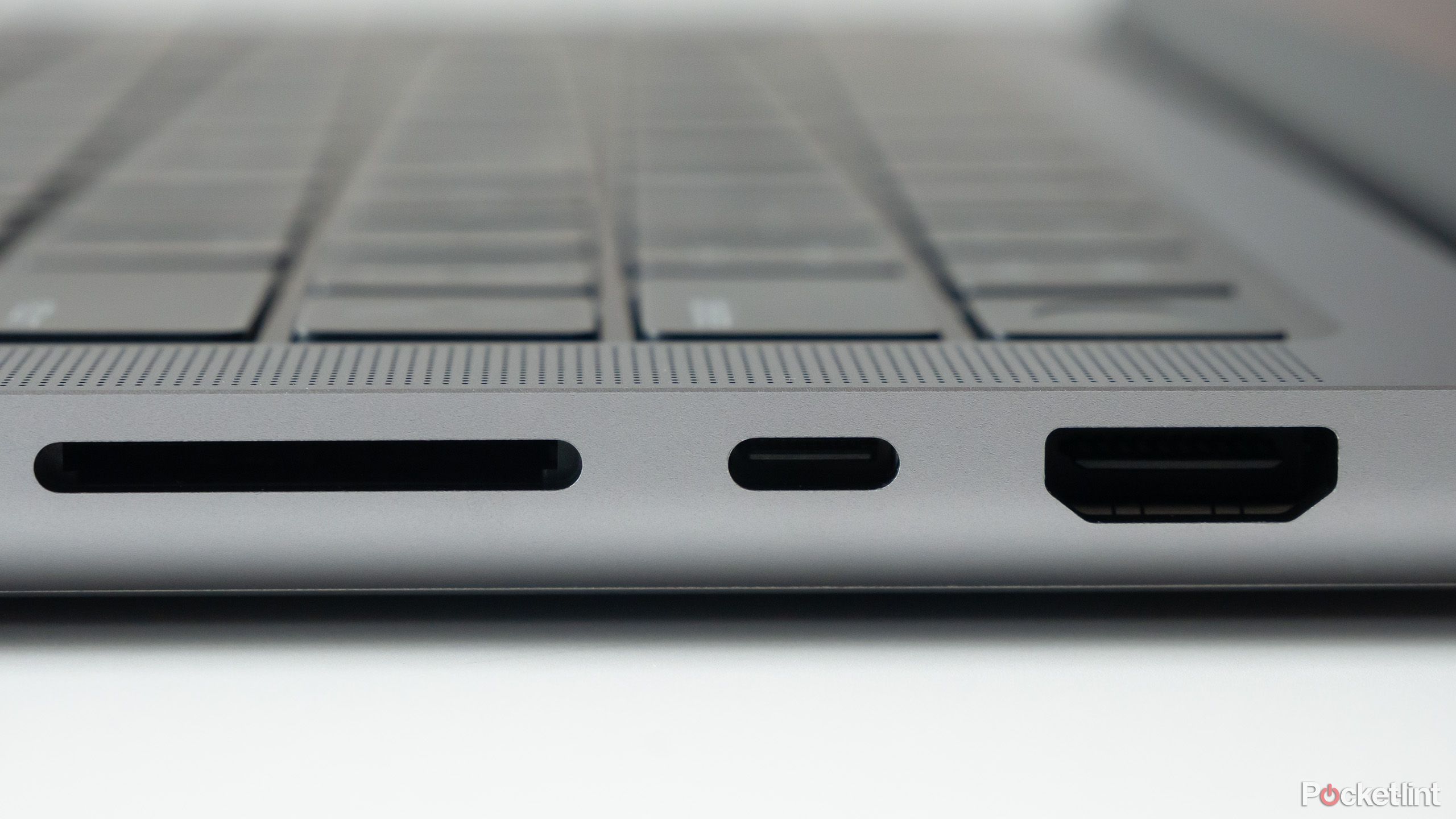Summary
- Apple’s USB-C transition has been chaotic, confusing users.
- Check iPhone specs before buying — only Pro models support USB-C speeds up to 10Gbps.
- Apple’s USB choices are driven by profits and parts costs, with a possible portless future ahead.
If you’re here, you might be aware that Apple only recently completed its transition away from
Lightning
cables to USB-C. That’s right — until it replaced the iPhone SE with the
iPhone 16e
, you could still get an iPhone with a Lightning port, despite that tech dating back to 2012.
Indeed, if you’ve owned Apple products for more than a couple of years, there’s a good chance you’ve got at least one Lightning cable around, whether it’s for an old iPhone or iPad or a pair of headphones. Apple only updated the
AirPods Max
with USB-C in September 2024, if you’ll remember.
These anecdotes are symbolic of a great problem — the company has taken a very chaotic approach to USB-C, and not just when it comes to mobile devices. I’d argue that it’s creating unnecessary confusion at best, and at worst, it seems to be intentionally dragging its heels in the name of upselling products and keeping production cheap.
Related
4 iPhone security features I like to turn on right away
You can potentially save yourself a lot of grief and frustration.
The state of Apple’s USB-C affairs
Check those specs before you buy
If you’re shopping for an iPhone and expect to sync with a Mac, PC, or external storage on a regular basis, you’ll want to buy an iPhone 16 Pro, or maybe a refurbished iPhone 15 Pro if you can find one. Why? Only Pro models support reasonable speeds for USB-C, up to 10Gbps. Regular iPhones are capped at USB 2.0 rates, up to 480Mbps, which is no faster than Lightning. With an iPhone 16 Pro, a 1GB file transfer can take 8 seconds — with a vanilla iPhone 16, you’re going to be waiting over 16 minutes.
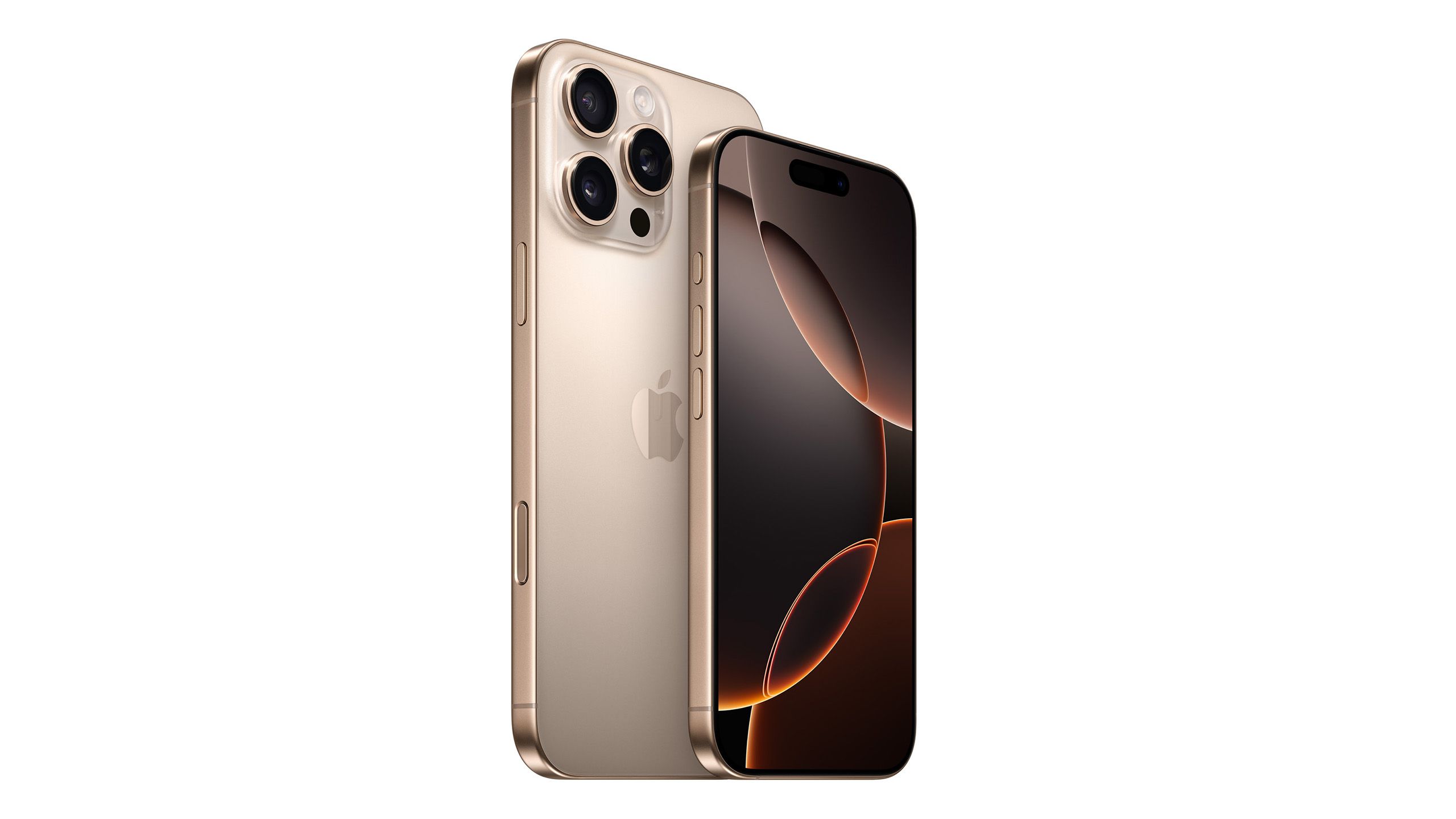
Apple iPhone 16 Pro
Apple’s iPhone 16 Pro line features a few notable upgrades over last year’s iPhone 15 Pro, including a dedicated camera button, a new A18 Pro chip, a bigger screen, and several AI-powered Apple Intelligence features.
It’s almost a little insulting when you consider that 10Gbps isn’t as fast as USB-C can go, and hasn’t been for a while. There’s a 20Gbps version of the format, and devices that use the USB 4 specification can handle Thunderbolt 4 or 5 peripherals, as well as top speeds of up to 80Gbps. It’s probably overkill to put 40 or 80Gbps on a phone at this point, but you can see how these faster options would be useful for iPhones capable of shooting
4K ProRes
video.
The iPhone 16 Pro is almost a little insulting when you consider that 10Gbps isn’t as fast as USB-C can go, and hasn’t been for a while.
Unexplained dichotomies are elsewhere, too. You can find Thunderbolt 5-ready USB 4 ports on the latest versions of the Mac Studio, Mac mini, and MacBook Pro, but not the iMac, Mac Pro, or MacBook Air, even though the Thunderbolt 5 spec was first announced in 2023 and started reaching products by early 2024. If you’re shopping for an iPad, the only way to get USB 4 and Thunderbolt 4 (not 5) is by buying last year’s iPad Pro. 2025’s iPad Air is out of the loop, never mind the entry-level iPad or the iPad mini.
You even have to pay close attention when buying first-party cables for an Apple Watch. If you don’t specifically buy a Fast Charger cable, your watch will refuel at a lethargic pace, regardless of what its charging coil is capable of. You get a Fast Charger included with the Series 10 and Ultra 2, thankfully, but many people do need spare cables, and Apple’s website doesn’t always point you in the right direction.
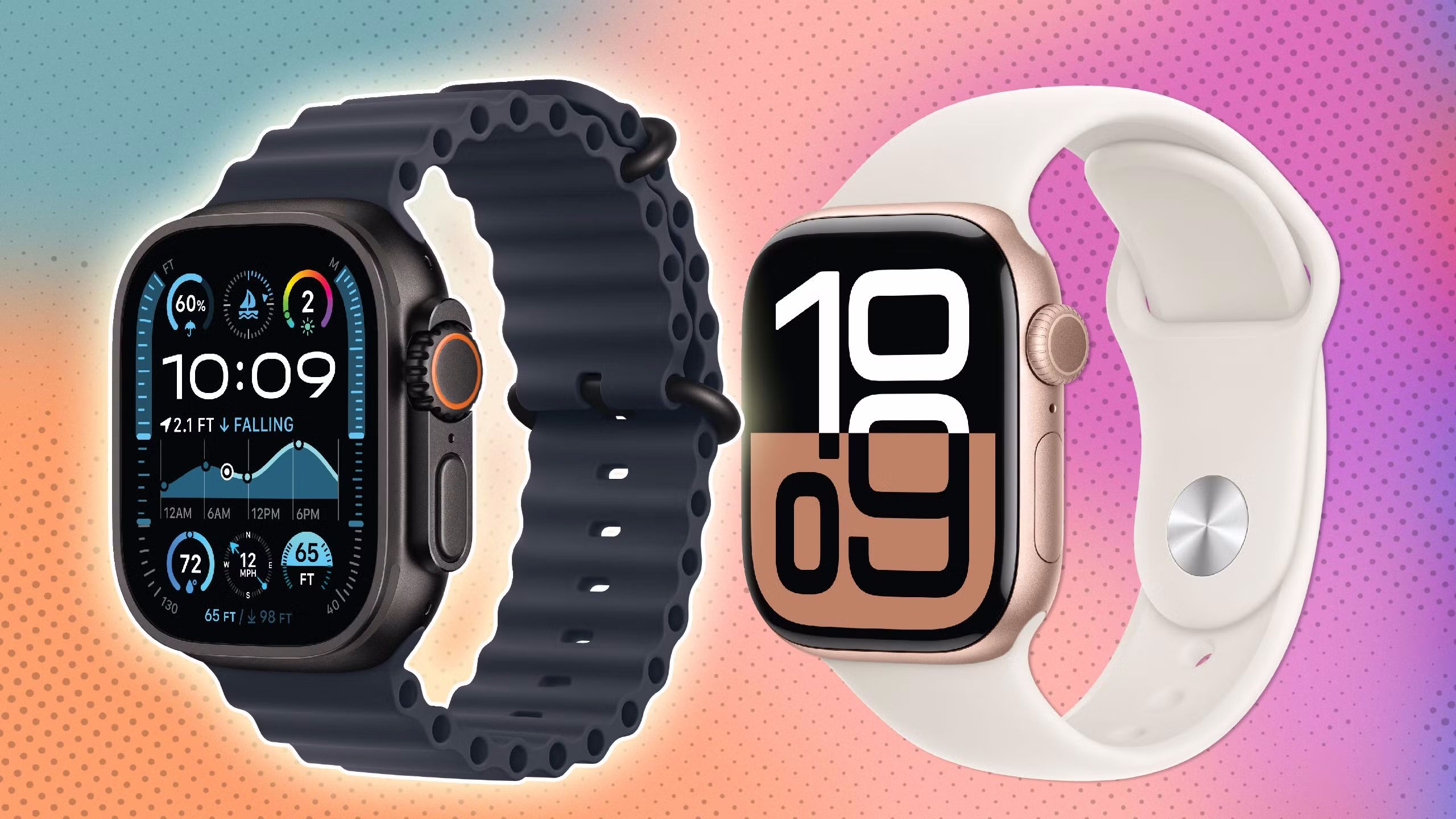
Related
5 reasons I bought the Apple Watch Ultra 2 instead of the Series 10
The Apple Watch Ultra 2 may not be the latest and greatest, but it still beats the Series 10 in key areas.
Why are Apple’s USB options like this?
Profits and parts costs, mainly
Apple
As you can tell, part of Apple’s incentive is to upsell you. If you need to sync large files to or from your phone on a daily basis, you’re probably going to spend an extra $200 on a 16 Pro, even if you don’t care about features like a telephoto lens or a 120Hz display. Likewise, an iPad Pro is an obvious upgrade if you want to attach external drives or monitors, and a Mac Studio is the only way to fly if you’re handling Hollywood-quality video production.
In terms of the iPhone, Apple may be doing the bare minimum on its way towards a larger rumored goal: going portless.
It’s also about parts costs, however. The price difference between a 480Mbps port and a 10Gbps one may be trivial on a per-unit basis, but that scales up quickly when you’re talking about millions of devices. Apple leadership, meanwhile, is famously (or infamously) eager to preserve profit margins, since the company makes most of its revenue from hardware instead of software or services. If it can get away with a cheaper part, it will, and there hasn’t been a huge furor yet over how USB standards are mixed and matched.
In terms of the iPhone, Apple may be doing the bare minimum on its way towards a larger rumored goal: going portless. That would cut down on parts costs even further, with additional benefits like freeing up design space and improving dust and water resistance. The technology isn’t quite there yet — MagSafe charging is capped at 25W, and most Wi-Fi connections are nowhere near 10Gbps — but it should be possible, and Apple may not feel it’s worth putting USB 4 in every model when USB itself is on its way out.
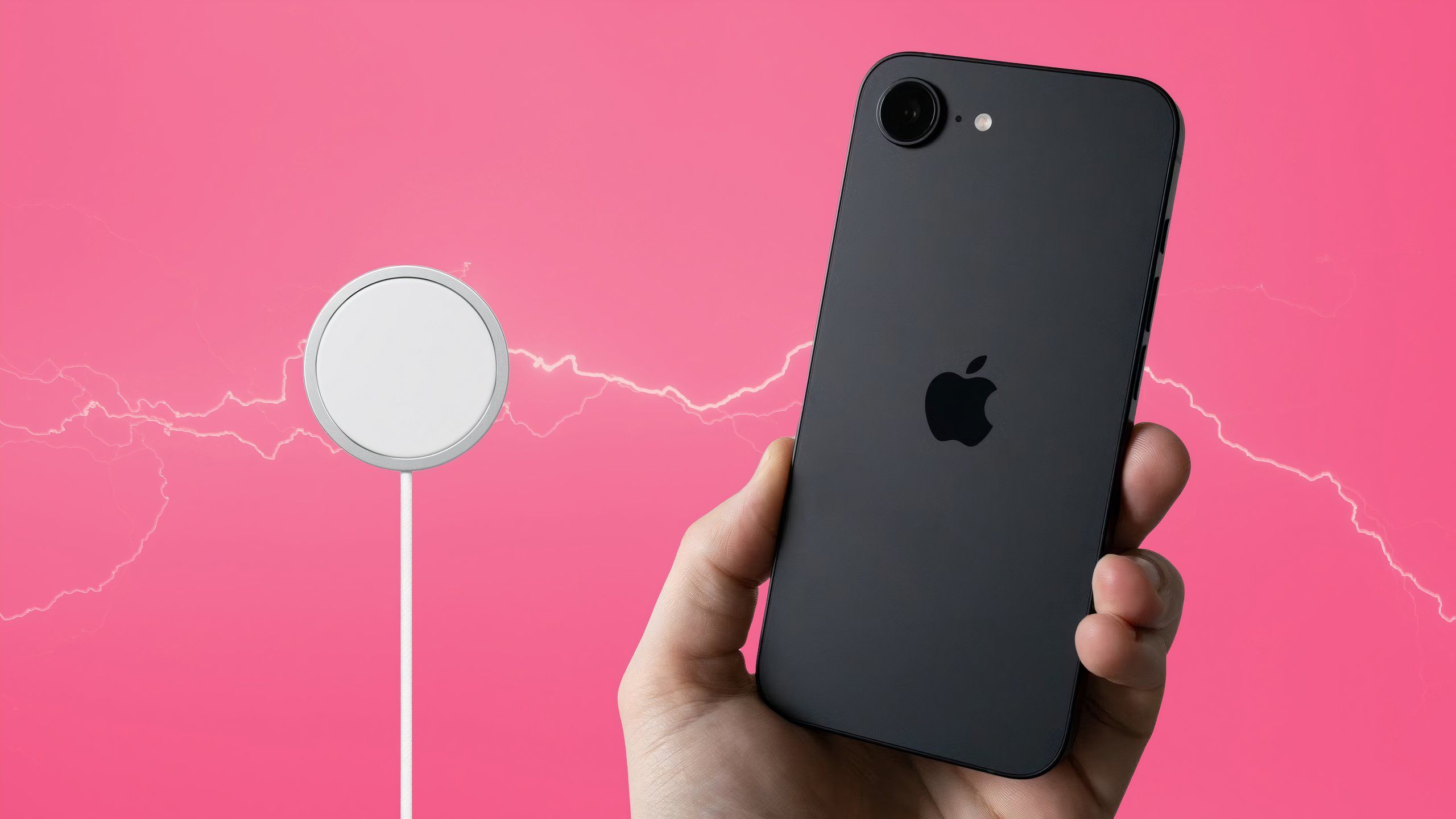
Related
How to add MagSafe to the iPhone 16e – because you’ll definitely want to
Apple’s magnets are missing from its newest iPhone, but you can get them back with the right accessory.
Apple didn’t want to switch iPhones over to USB-C at all, it should be pointed out. The company only made the switch with the iPhone 15 because of impending European Union regulations, making USB-C the default wired charging standard for smartphones and many other product categories. Without that pressure, there’s a chance we would’ve been stuck with Lightning until a portless transition was imminent.
The impact, and where we go from here
Some final thoughts
All this might sound academic to some of you, but even if you’re not transferring movies or work projects, there’s another issue at stake, and that’s interoperability. If you’ve bought a portable USB drive, but it can only operate at full speed with your Mac, not your iPhone or iPad, that creates a potential bottleneck. The cable that came with your iPhone 16 isn’t worth a thing if you’re trying to connect a monitor, and have fun editing video when your Thunderbolt 5 scratch drive is suddenly forced to operate at Thunderbolt 4 speeds because you’ve only got your MacBook Air handy.
Will Apple sort out its USB support anytime soon? Probably not.
It’s a confusing mess if you’re not paying sharp attention to specs, in other words. It makes me wonder how often Apple Store and Apple Support techs are forced to explain to customers that no, they can’t do X with Y unless they buy Z. It feels very user un-friendly, which is, of course, the opposite of the image Apple likes to project.
Will Apple sort out its USB support anytime soon? Probably not. Apple prefers a gradual approach to catching up its devices, so by the time USB 4 is set to reach cheaper mobile devices, we could be looking at some sort of successor standard at the high end — or as I mentioned, a portless future.

You might also like
Everything you need to know about PEVs, or personal electric vehicles
You can use PEVs to explore, run errands, or speed up your commute.
Trending Products

SAMSUNG FT45 Sequence 24-Inch FHD 1080p Laptop Monitor, 75Hz, IPS Panel, HDMI, DisplayPort, USB Hub, Peak Adjustable Stand, 3 Yr WRNTY (LF24T454FQNXGO),Black

KEDIERS ATX PC Case,6 PWM ARGB Fans Pre-Installed,360MM RAD Support,Gaming 270° Full View Tempered Glass Mid Tower Pure White ATX Computer Case,C690

ASUS RT-AX88U PRO AX6000 Twin Band WiFi 6 Router, WPA3, Parental Management, Adaptive QoS, Port Forwarding, WAN aggregation, lifetime web safety and AiMesh assist, Twin 2.5G Port

Wi-fi Keyboard and Mouse Combo, MARVO 2.4G Ergonomic Wi-fi Pc Keyboard with Telephone Pill Holder, Silent Mouse with 6 Button, Appropriate with MacBook, Home windows (Black)

Acer KB272 EBI 27″ IPS Full HD (1920 x 1080) Zero-Body Gaming Workplace Monitor | AMD FreeSync Know-how | As much as 100Hz Refresh | 1ms (VRB) | Low Blue Mild | Tilt | HDMI & VGA Ports,Black

Lenovo Ideapad Laptop computer Touchscreen 15.6″ FHD, Intel Core i3-1215U 6-Core, 24GB RAM, 1TB SSD, Webcam, Bluetooth, Wi-Fi6, SD Card Reader, Home windows 11, Gray, GM Equipment

Acer SH242Y Ebmihx 23.8″ FHD 1920×1080 Home Office Ultra-Thin IPS Computer Monitor AMD FreeSync 100Hz Zero Frame Height/Swivel/Tilt Adjustable Stand Built-in Speakers HDMI 1.4 & VGA Port

Acer SB242Y EBI 23.8″ Full HD (1920 x 1080) IPS Zero-Body Gaming Workplace Monitor | AMD FreeSync Expertise Extremely-Skinny Trendy Design 100Hz 1ms (VRB) Low Blue Gentle Tilt HDMI & VGA Ports
